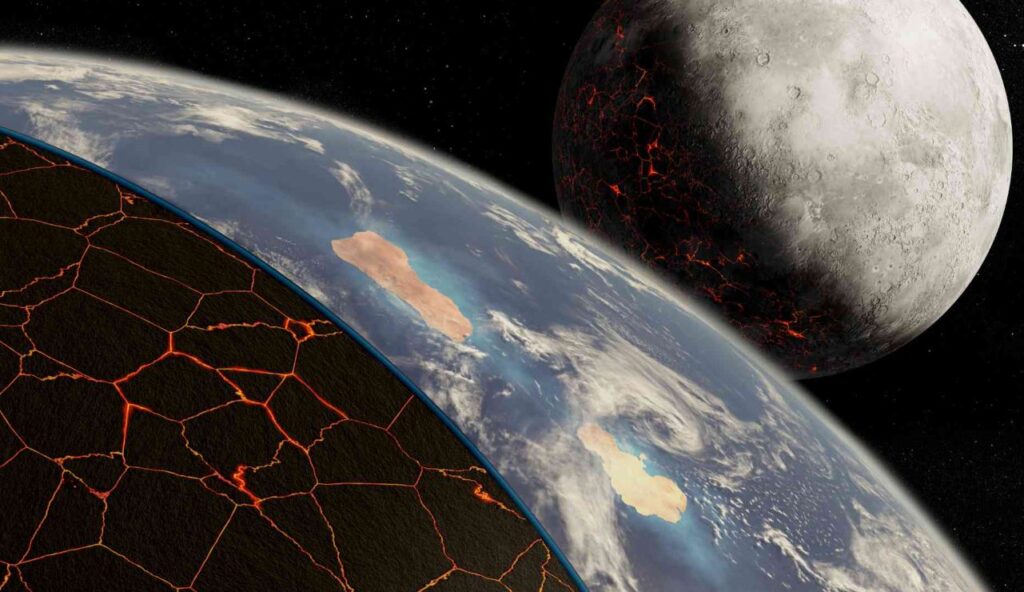
The finding contradicts previous assumptions about the role of mobile plate tectonics in the development of life on Earth. New finding contradicts previous assumptions about the role of mobile plate tectonics in the development of life on Earth. Moreover, the data suggests that ‘when we’re looking for exoplanets that harbor life, the planets do not necessarily need to have plate tectonics,’ says the lead author of a new paper.
Scientists have taken a journey ba...
Read More









Recent Comments